table of contents:
You're in the middle of a project, eager to see your creation take shape, and suddenly the needle won't move, the thread breaks, or the stitches are uneven . This moment of discouragement is familiar: a project on hold, ruined fabric, and the feeling that your precious machine has betrayed you. It's a sewing machine not sewing problem that many enthusiasts, both beginners and experienced, encounter.
But before you panic or consider buying new equipment, know that most sewing problems have simple, quick fixes. In this article, we'll explore the most common reasons why your sewing machine won't sew, and how to fix them.
The main causes of malfunctions in your sewing machine
There are several reasons why your sewing machine may not be working properly. By taking courses at Verotex , you will become a sewing pro and no detail concerning the operation of the sewing machine will be a secret to you.
|
Summary table of common voltage problems and their solutions |
||
|
Problem / Symptoms |
Main causes |
Recommended solutions |
|
Bottom thread loops under fabric: Bottom stitches visible on top, bobbin thread loose and tangled |
Upper tension too loose, improper threading, worn/damaged bobbins, manual bobbin winding, thread too thick or thick fabric throwing off the tension discs, bobbin tension too high |
Adjust upper tension (standard setting 4-5), check threading with foot raised, replace bobbins, wind on machine, clean or have machine serviced if necessary, decrease bobbin tension |
|
Top stitches visible under the fabric: Top thread too tight |
Bobbin tension too high |
Reduce bobbin tension |
|
Fabric that gathers: Points |
Upper thread tension too tight |
Decrease the upper thread tension |
|
Frequent thread breakage: Thread breaking while sewing |
Tension too tight, thread or needle unsuitable for the fabric |
Reduce tension, check thread/needle/fabric compatibility |
|
Irregular or skipped stitches: |
Imbalance between upper/bobbin tension, tension too high, defective/bent needle, incorrect threading |
Adjust tensions, replace needle, check needle threading and insertion |
|
Incorrect threading: Recurring tension problem despite adjustments |
Presser foot lowered during threading (locks tension discs) |
Always raise the presser foot before threading the upper thread |
|
Tension not suitable for the fabric: Irregular stitches depending on the material |
Use the same tension for light, medium and heavy fabrics |
Adjust the tension: low for light fabrics (silk), medium for cotton/linen, higher for denim/canvas |
Also check out our guide on how to spool the JUKI HZL-53E sewing machine, which will help you master this crucial element and avoid many lower thread problems, while optimizing the quality of your stitches.
Bad threading
Improperly threaded threads cause uneven or missing stitches. In addition, improper threading can cause the thread to slip off the needle or knot the bobbin. This prevents the fabric from advancing properly under the presser foot.
In many cases, simple incorrect threading is the cause of a sewing machine not sewing problem, a common but preventable malfunction.
To check the threading, raise the presser foot and the needle. The thread should follow the path indicated on the machine. Pass it through the guides, the tension lever and finally through the eye of the needle. Careful threading prevents thread breakage and uneven stitches .

The voltage problem
Another factor that can cause problems is the sewing machine tension . Tension balances the bobbin thread and needle thread. Improper tension causes skipped stitches. It tightens the thread too tightly or creates loops. This imbalance often causes the sewing machine to sew incorrectly. Proper balance ensures smooth stitching , visible only at the point where the threads cross.
Adjust the tension to the fabric you are using . Use a low setting (2-3) for fine fabrics like silk. Use a medium setting (4-5) for cotton or linen, and increase to 6-7 for thick fabrics like denim. Always test on a sample before starting.
The wrong choice of needle
Here are the different types of needles suitable for various fabric thicknesses:
- The universal needle : suitable for versatile fabrics such as cotton, viscose and polyester
- Jeans needle : suitable for thick fabrics such as denim and canvas
- The Microtex needle : ideal for fine and delicate fabrics such as silk and satin
- Stretch needle : optimal for elastic fabrics containing elastane
- The round-tipped needle : specially designed for knit and jersey fabrics
The right needle prevents thread breakage and improves stitch quality. A needle that's too fine for the fabric can cause thread to break, potentially causing a sewing machine that won't sew or uneven stitches. Coordinate the needle type, thread, and fabric thickness for smooth sewing.
Find all types of needles and threads at Verotex. Our online store offers high-quality products at competitive prices.
A damaged needle
A damaged needle produces uneven or skipped stitches. It easily breaks the thread or leaves marks on fine fabrics. A repetitive clicking or metallic noise often indicates a needle problem, which can quickly become a problem, and the sewing machine will not sew if it is not replaced in time.
Replace the needle every 8 to 10 hours of sewing. This time decreases with thick fabrics or demanding projects. A worn needle can be identified by its uneven points or rough feel.
Improper needle insertion
Install the needle with the flat side toward the back of the machine, then push it in as far as it will go before tightening the screw. Improper insertion can cause needle breakage or damage to the hook .

A can not inserted correctly
An improperly inserted bobbin causes tangled threads under the fabric, uneven stitches, or frequent breakages . Check for untidy loops or unusual noises to identify this common sewing machine bobbin problem .
Improper installation of the housing can cause a problem when the sewing machine stops sewing, as it disrupts the tension balance and causes skipped stitches or loose threads.
Clean the case after unplugging. Remove the parts, brush off the dirt, and use a fine tool for residue. Finish with a dry cloth.
Test the thread interlacing: Smooth stitches without loops indicate proper operation. If not, rethread, check the needle, or clean the machine to resolve the problem .
Common types of jams and their solutions
There's nothing more frustrating than a jammed sewing machine. If this happens to you, there are some practical solutions that can help you out.
|
Type of stuffing |
Main causes |
Adapted solutions |
|
Light jam in the bobbin case |
Lint buildup or broken threads |
Careful cleaning with tweezers and a soft brush |
|
Significant stuffing under the fabric |
Threading fault or improper tension |
Checking the threading and adjusting the tension |
|
Repetitive jamming in the same area |
Fabric or needle positioning problem |
Needle and positioning control |
|
Jamming accompanied by metallic noises |
Bent needle or bobbin not inserted correctly |
Replacing the needle and checking the bobbin |
|
Jam with locked steering wheel |
Excessive accumulation of threads or lint |
Partial disassembly for deep cleaning |
A thread stuck in the bobbin or a bent needle
The handwheel often jams due to a stuck bobbin thread or a bent needle. Other causes include a seized mechanism or a faulty belt. Check these things before forcing the handle: this will help you resolve a sewing machine that won't sew without risking further damage to the machine.
To clear a jam , turn off the machine and remove the fabric. Carefully cut any jammed threads. Clean the bobbin case and rethread the thread correctly. Avoid pulling the threads to avoid damaging the mechanism.
The stuffed animals
Lint builds up in the bobbin case and disrupts the mechanism. It causes jams, uneven stitches, or uneven fabric feed . Clean these areas regularly to prevent recurring problems.
Incorrect adjustment of the presser foot
The presser foot holds the fabric against the feed dogs. It ensures smooth fabric feed and a uniform stitch. Its role is essential for quality sewing .
Excessive pressure marks fine fabrics, causing puckering. If the pressure is not adjusted correctly, it can even cause a looping thread problem , as the fabric no longer feeds correctly, resulting in poor stitch formation. Adjusting the pressure improves the quality of the seam .
Decrease the pressure for lightweight sheers to avoid puckering. Set to the standard level for cotton and linen. Increase for thicker fabrics like denim or multiple layers.
Before you start sewing, make sure the presser foot is lowered. A raised foot prevents the fabric from feeding properly. This simple detail prevents jams and uneven stitches .

Incorrect adjustment of the feed dogs
The feed dogs advance the fabric with a back-and-forth motion. They lower and raise to grip the material at regular intervals. Their proper functioning prevents problems when the sewing machine stops sewing due to the fabric getting stuck. To ensure their effectiveness, it is important to oil the sewing machine regularly to prevent wear and ensure smooth movement.
Locate the feed dog adjustment lever near the bobbin case on Singer or Brother models. On Janome machines, look for a dial under the needle plate. Electronic models display this setting on the screen.
Activate the feed dogs by moving the lever to the up position. Turn the handwheel to check their movement: irregular movement may indicate a problem with the sewing machine not sewing due to poor fabric feed. They should appear above the needle plate and move smoothly with each turn of the handwheel.
Here's how to adjust the feed dogs for your sewing project:
- Free-motion embroidery : requires lowering the feed dogs for manual control of the fabric
- Darning: allows holes to be repaired without automatic fabric advancement
- Complex machine embroidery : offers more freedom for personalized designs
- Creative patchwork sewing : facilitates irregular fabric movements
Dust and residues
The accumulation of dust and debris affects the operation of your sewing machine. Movements become jerky, stitches become uneven, and threads break more frequently. These are all warning signs of a problem when your sewing machine no longer sews properly. Regular maintenance improves the machine's performance and longevity .
Clean your machine after every complex project or every 10 to 20 hours of use. Lubricate the friction points every 8 to 10 extended uses. This schedule prevents mechanical breakdowns and limits any problems caused by a sewing machine not sewing when you need it most, while maintaining stitch quality.
Improper threading, improper tension, or a worn needle are common causes of sewing machine jams. Test these settings before considering a complex repair. Regular checks ensure trouble-free sewing and extend the life of your machine.
If the problem is too complex, don't hesitate to call the professionals at Verotex . Our qualified technicians will have your sewing machine back in working order in no time.

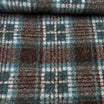
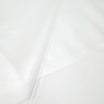
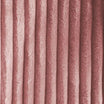
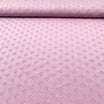
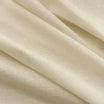
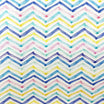
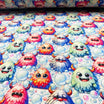




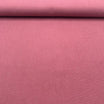
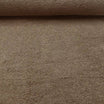

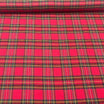

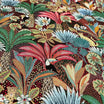
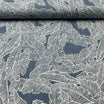
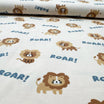

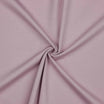
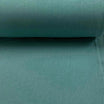
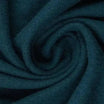
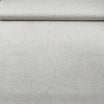
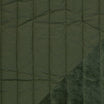
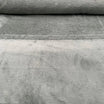
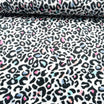
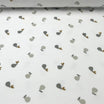
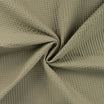


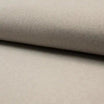


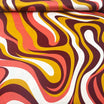

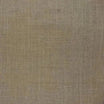
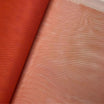
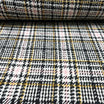
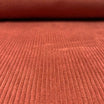
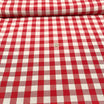

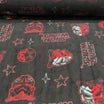

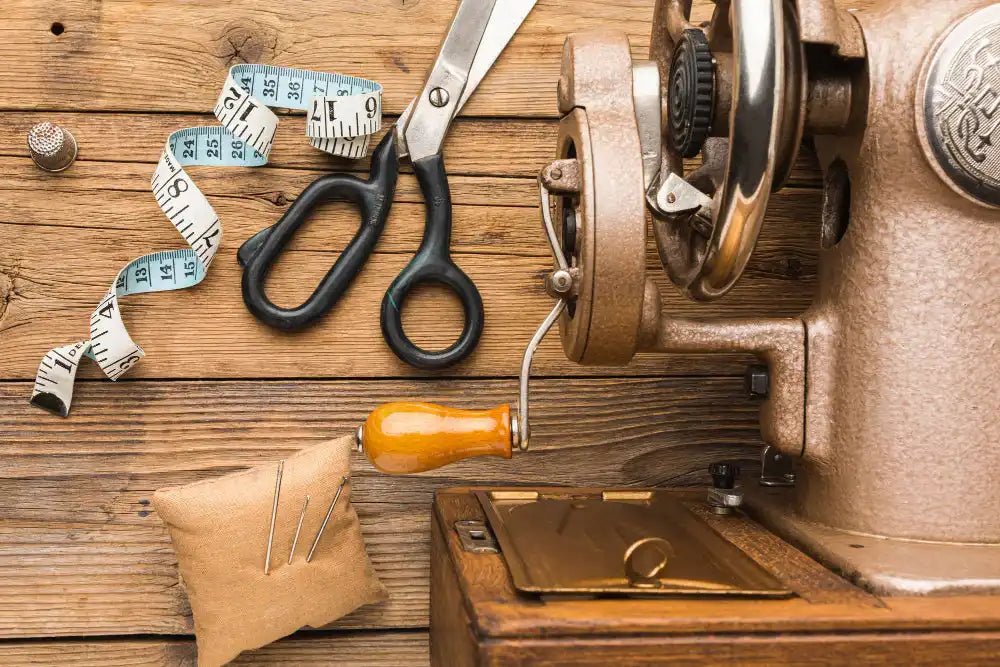

Leave a comment
All comments are moderated before being published.
This site is protected by hCaptcha and the hCaptcha Privacy Policy and Terms of Service apply.